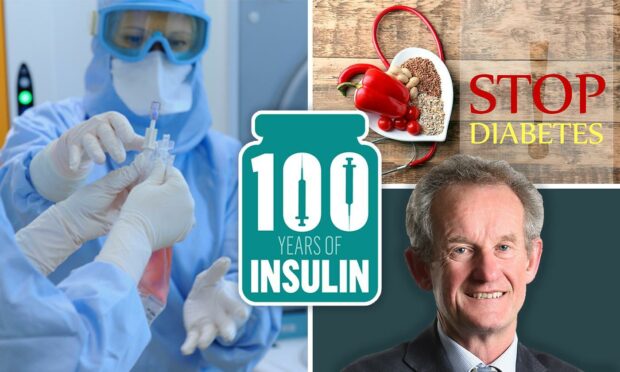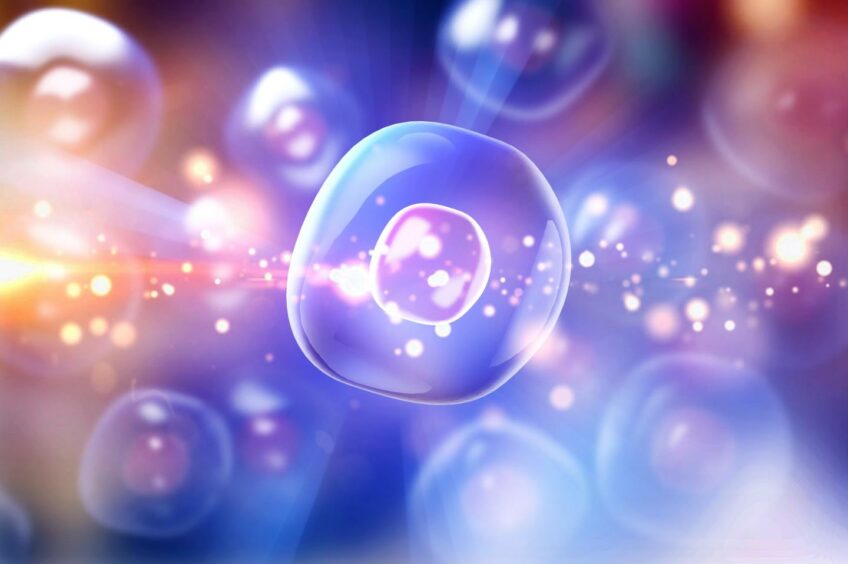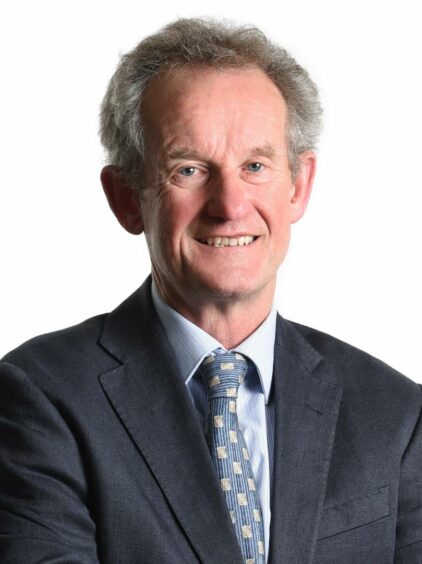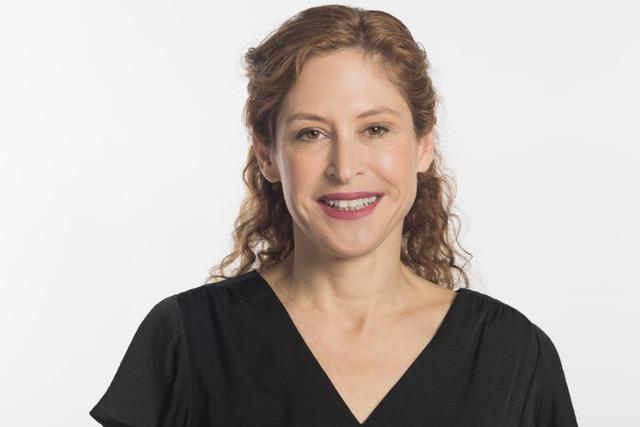The discovery of insulin has paved the way for major advancements in care with scientists now working to find a cure for diabetes.
It’s hoped one day patients with Type 1 diabetes – whose bodies can’t make insulin – will no longer need to manage their condition with daily injections.
Exciting research is being carried out to find a way for the organs of these patients to automatically control their own insulin and blood sugar levels.
This year marks the centenary of the first patient to be injected with the hormone.
And Aberdeen-educated scientist, JJR MacLeod, who was awarded the Nobel Prize for the co-discovery of insulin, has helped to inspire the next generation of researchers working at the same university.
The ‘life-changing’ operation
Kevin Docherty, retired professor of Biochemistry at Aberdeen University, has spent his career working on diabetes research.
He explains that there’s currently a procedure available for patients with Type 1 diabetes called islet transplantation.
This involves insulin-producing cells – islet cells – being transplanted from a donor’s pancreas into the patient’s liver through a catheter under local anaesthetic.
Once implanted, the beta cells in these islets begin to make and release insulin.
“It really is fairly minor surgery,” Prof Docherty explains. “If the patient goes in (to hospital) in the morning, theoretically that patient could go home that evening, but normally they’re kept in for a couple of days to monitor them.”
But not many people can currently benefit because islet cells make up around only 2% of each pancreas and the procedure is limited to the availability of donors.
Only 10 of these procedures were carried out on patients in the UK over the 2020/21 period.
However, Prof Docherty has been working with John Casey, director of the Scottish National Islet Transplant Service in Scotland, on a way of improving the service to make it available to more patients.
Using tissue from the remaining 98% of each pancreas they’ve developed a way of reprogramming cells to make them produce insulin too.
If their efforts pass clinical trials it could boost the number of patients benefitting from islet transplantation.
They estimate that one donor pancreas could provide cells for 10 or more transplants.
“It would make a huge difference,” he said. “Islet transplantation is really very successful. For those people who’ve had a transplant it’s been life-changing.
“It’s coming from a donor so the immune system has to be suppressed. But, nonetheless, these people are doing extremely well.”
Hopes of finding a cure for diabetes
Scientists at biotech company Orgenesis are also working on a novel way of reprogramming cells to start producing insulin.
Cells would be taken from the diabetic patient’s own liver instead of a donor’s pancreas.
Orgenesis CEO Vered Caplan explains that liver cells are very closely linked to pancreatic cells and can be transformed.
“If you really want to cure diabetes you really want to make new cells that know how to do this,” she says.
“That’s where we are in this process and we’ve been dedicated to this for many years, ” she said.
“And I’m hopeful as we advance we will essentially show this as a potential cure for diabetes.”
Early trials showing promising results
The discovery of insulin 100 years ago transformed Type 1 diabetes from a fatal condition into a chronic illness that could be managed by patients.
It’s inspired scientists from all over the world to improve diabetes care and another company building hope is San Diego-based firm ViaCyte.
Their research involves small devices loaded with pancreatic cells derived from stem cells being implanted into patients.
Early data from human clinical trials carried out last year have shown promising results.
Stem cell therapy research is also being led by US biotech company Vertex. It’s hoped that this type of treatment could also be used for Type 2 patients in the future.
‘Type 1 diabetes was a death sentence’
Diabetes UK is also currently funding research into immunotherapies.
These new treatments reprogram the immune system to stop attacking and destroying insulin-producing cells in the pancreas. It’s being tested in clinical trials.
Around one in 130 people living in the north of Scotland have been diagnosed with Type 1 diabetes.
The latest statistics show 3,622 were registered in Grampian; 2,213 in the Highlands, 207 in the Western Isles, 152 in Shetland and 125 in Orkney in 2019.
Angela Mitchell, National Director at Diabetes Scotland, said: “Before insulin was discovered, type 1 diabetes was a death sentence – people didn’t live for more than one or two years.
“The discovery of insulin was revolutionary and it has saved millions of lives worldwide, turning a fatal condition into something that can be managed.
“There is hope for the future in the form of immunotherapies – new treatments that reprogramme the immune system so that it no longer attacks and destroys insulin-making cells.
“Diabetes UK is committed to funding research in Scotland and across the UK that will lead to new treatments and eventually a cure for people with type 1 diabetes – where insulin as the only therapy for the condition is a thing of the past.”





